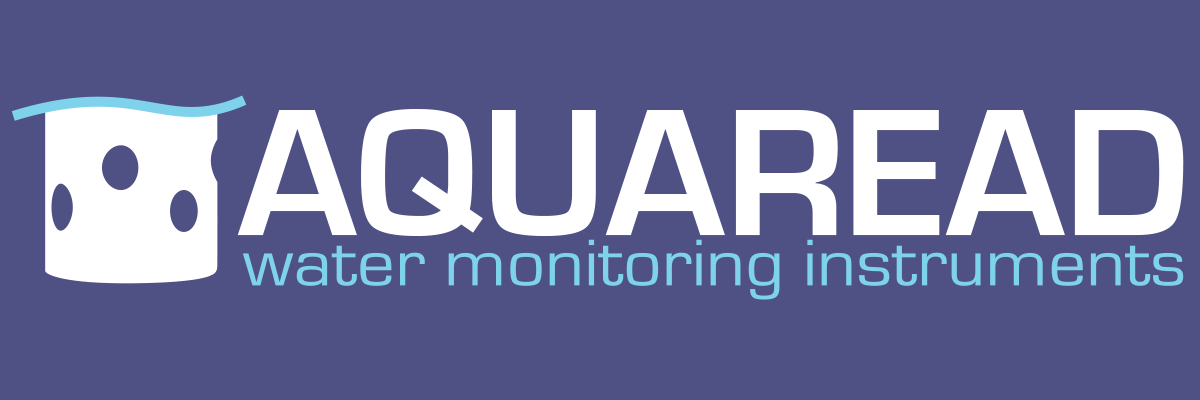In an earlier blog post we wrote about how Aquaread are supporting water testing in the Arctic. The research team from the University of Brighton have set off on their first water testing trip and are currently in Iceland. This video explains some of the work that they have been doing in the Litla-Skard catchment in windy Iceland:
Our multiparameter water testing probes are in near reference-condition river water. They are testing water parameters including temperature, dissolved oxygen, pH, total dissolved solids, salinity and turbidity. The latter is what the research team are particularly interested in at Litla-Skard because turbidity is related to the concentration of particles in water. The aim of the research is to learn the different water quality requirements in various freshwater ecosystems so that improved water quality guidelines can be devised. The best way to do this is by testing the pristine river waters in the Arctic that have not been affected by human influence. These rivers acts as models.
The Aquaprobe is installed in the middle of the stream and connected to an Aquaread Aqualogger that is buried beneath stone capsule. The Aqualogger records the water parameters every 30 mins for analysis back at the University of Brighton. The readings from the automated monitoring stations will be complemented by monthly water quality grab samples. The research team will also be conducting surveys on soil type, geology and vegetation types within the stream’s catchment area as well as collecting data from an on-site meteorological and hydrological gauging station.
 Find out more information about our parameters here, or contact us if you have any questions.
Find out more information about our parameters here, or contact us if you have any questions.
